For obvious reasons, solar panels need to survive in the elements. Whether the threat is hail, nor’easters, or a rare hurricane-tornado in Florida, solar exists in nature, and to survive nature, installations must be hardened for resilience. In the strongest hurricane zones, that means withstanding winds of 180 miles per hour.
The Rocky Mountain Institute (RMI) has published Solar Under Storm III, building on its first edition, to analyze failure modes at solar farms following Hurricane Beryl—the earliest Category 5 storm on record—which struck Grenada, Saint Vincent, and the Grenadines in July 2024. The group examined three projects in the Grenadines: one built to best practices and two that were not.
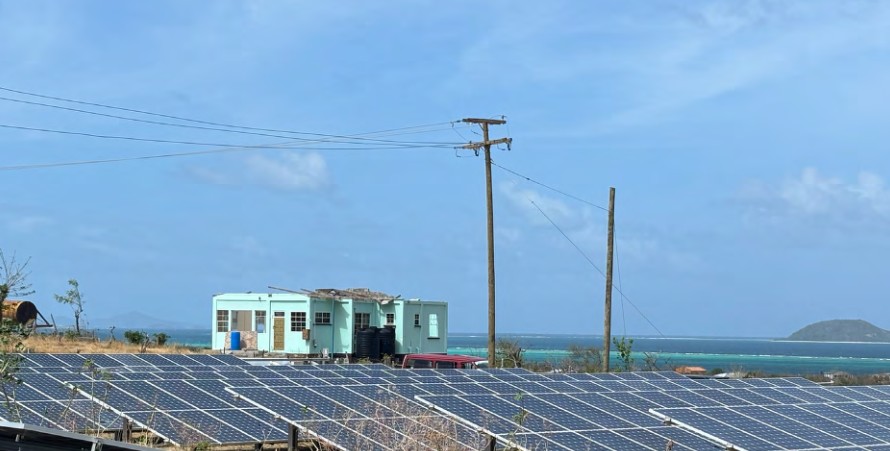
Image: RMI
At the highest level, the group identified nine recurring faults across multiple hurricanes and projects, along with six characteristics linked to survival.
Common faults:
- Top down or T-clamp failure of modules
- Undersized racks, or racks not designed for wind load
- Lack of lateral racking support (inadequate side-load design)
- Undersized bolts
- Under-torqued bolts
- Lack of vibration-resistant connections
- PV module design pressure too low for environment
- PV module frame low-cycle fatigue failure
- Use of self-tapping screws instead of through-bolting
Surviving characteristics:
- Dual-post piers
- Through-bolting of solar modules (no top-down or T-clamps)
- Lateral racking supports
- Structural calculations on record
- Owner’s engineer of record with QA/QC program
- Vibration-resistant bolted connections, such as Nyloc nuts
RMI outlines ten specifications to address wind and environmental (salt) exposure, including 4,000 Pa uplift-rated solar modules, robust engineering, fixed-tilt design (no trackers), and 25-year corrosion resistance. These measures are intended to counter the aforementioned nine most common faults identified in hurricane-damaged solar projects.
The report categorizes observed damage using a Failure Modes and Effect Analysis (FMEA), grouping issues into six areas, which include module frame and laminate, balance-of-system equipment such as inverters, and four racking-related categories: module-to-rack connections, structural racking components, structural racking connections, and racking foundations.
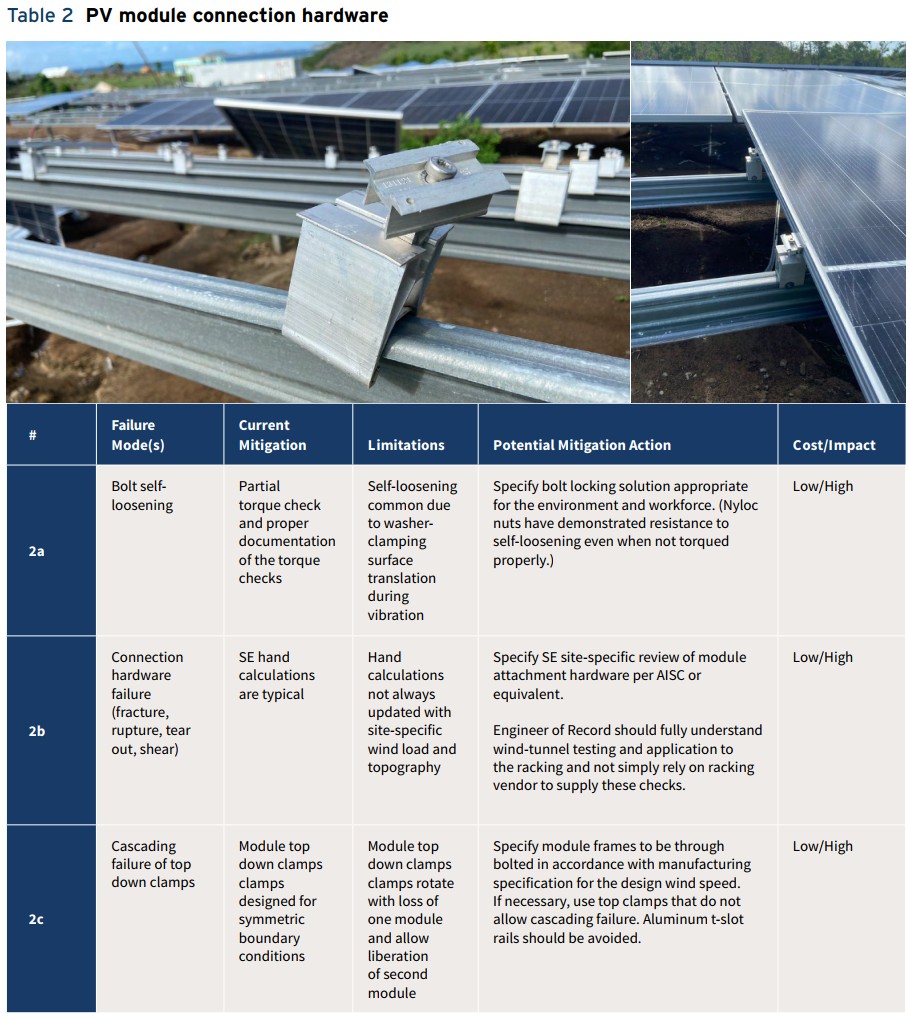
The most common failure point is the module-to-rack connection. There are multiple ways for this connection to fail, with both the solar module frame and the racking hardware playing critical roles. Over time, repeated storm exposure and salt-laden air can weaken the frame itself, making it more susceptible to failure even when the racking hardware remains intact.
Module-to-rack connections are especially critical because the failure of even a single connection increases the surface area of adjacent modules exposed to wind, which can quickly trigger a cascading failure across the array.
The report’s appendix notes that at the Carriacou site, only 35% of the modules were undamaged. RMI attributes more than 50% of the damage to failures of shared top-down clips between multiple modules. Another 30% was linked to the use of a dual-tilt east-west system, which allowed wind from one side to get underneath modules on the other.
The Union Island facility fared a little better, with only 40% of panels undamaged. Here, top-down clip failures accounted for about 30% of the damage, while vibrations and under-engineered racking contributed to the rest.
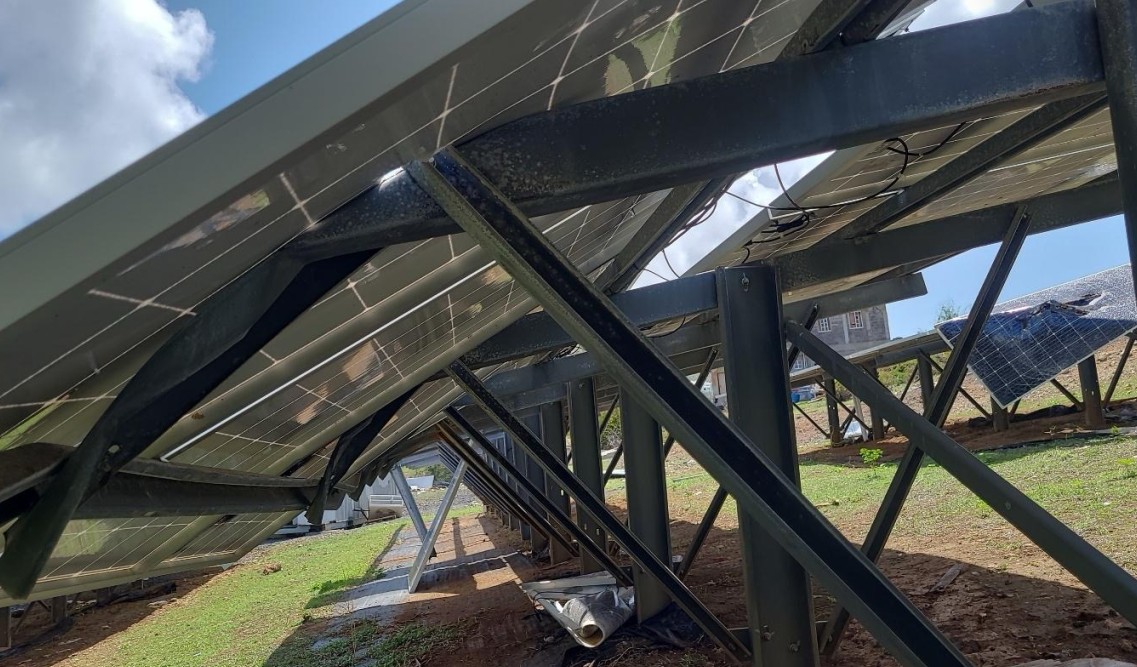
The Mayreau Island facility saw nearly 70% of its modules damaged, primarily due to the failure of thinner, shorter aluminum frames, a type common in many markets but not viable for long-term use in the Caribbean. This was the first time RMI had observed this specific failure mode happening with such new solar modules. The team was able to isolate it thanks to generally strong construction practices elsewhere on the site.
The rest of the Mayreau project performed well, featuring through-bolted module mounting with vibration-resistant hardware, a low-tilt dual-post foundation design, and a well-executed electrical balance of system.
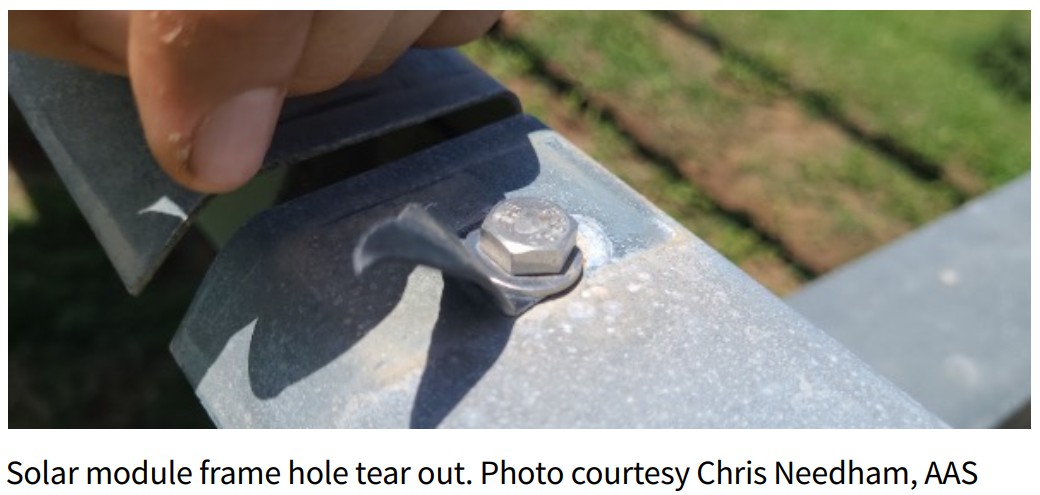
Image: RMI
This content is protected by copyright and may not be reused. If you want to cooperate with us and would like to reuse some of our content, please contact: editors@pv-magazine.com.
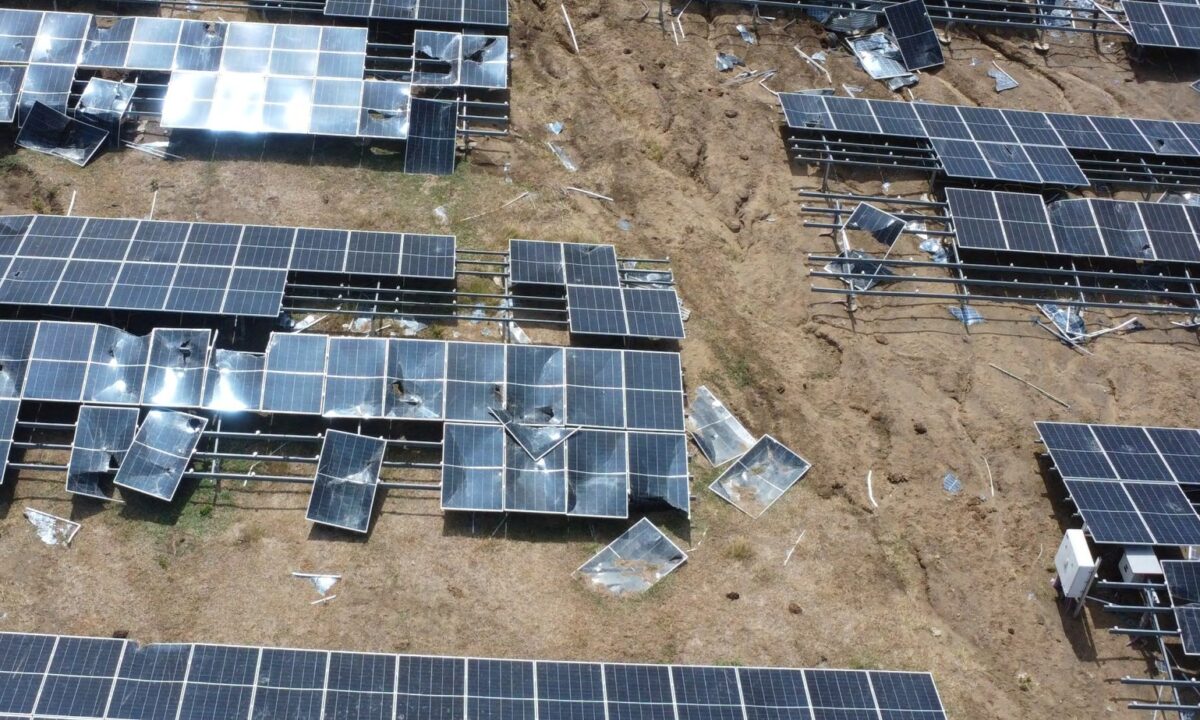



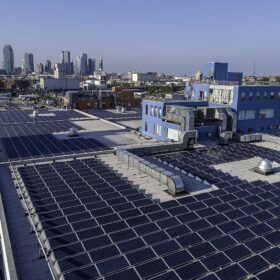
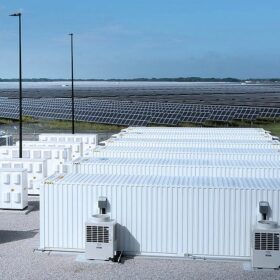

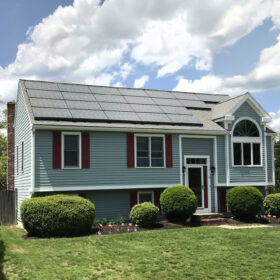
By submitting this form you agree to pv magazine using your data for the purposes of publishing your comment.
Your personal data will only be disclosed or otherwise transmitted to third parties for the purposes of spam filtering or if this is necessary for technical maintenance of the website. Any other transfer to third parties will not take place unless this is justified on the basis of applicable data protection regulations or if pv magazine is legally obliged to do so.
You may revoke this consent at any time with effect for the future, in which case your personal data will be deleted immediately. Otherwise, your data will be deleted if pv magazine has processed your request or the purpose of data storage is fulfilled.
Further information on data privacy can be found in our Data Protection Policy.